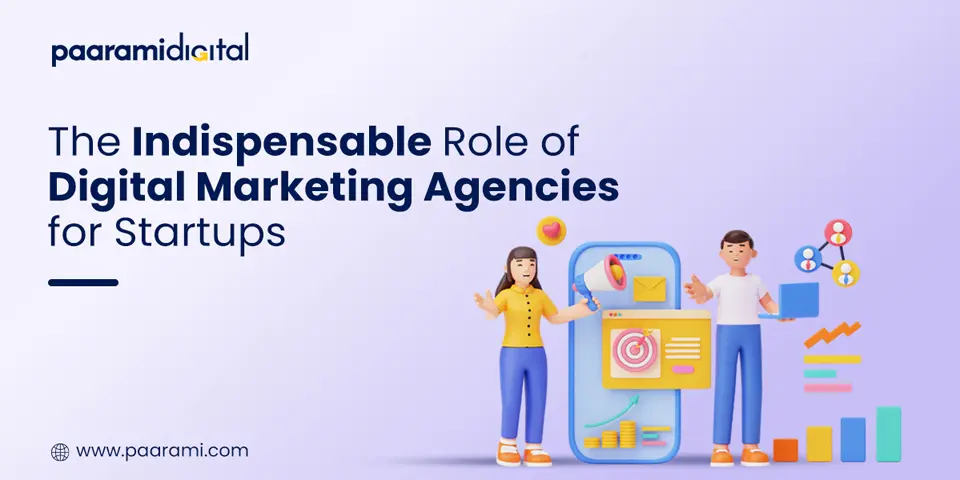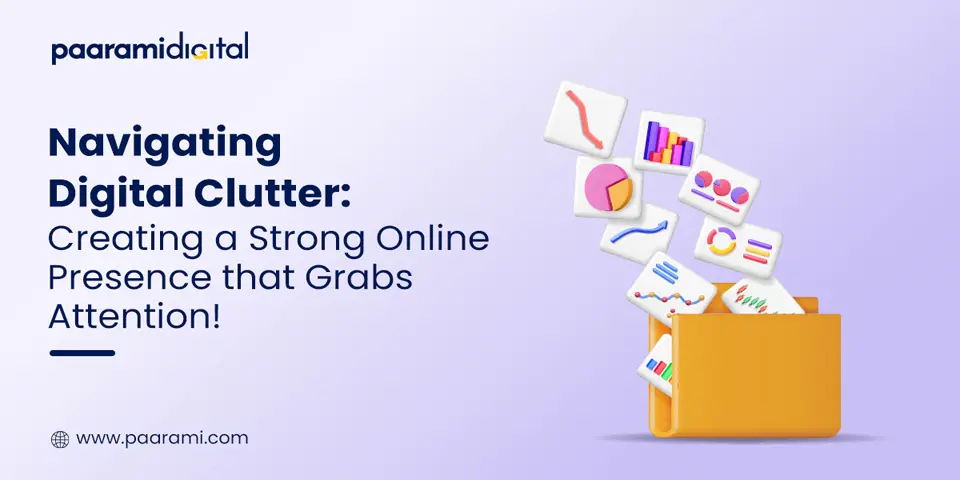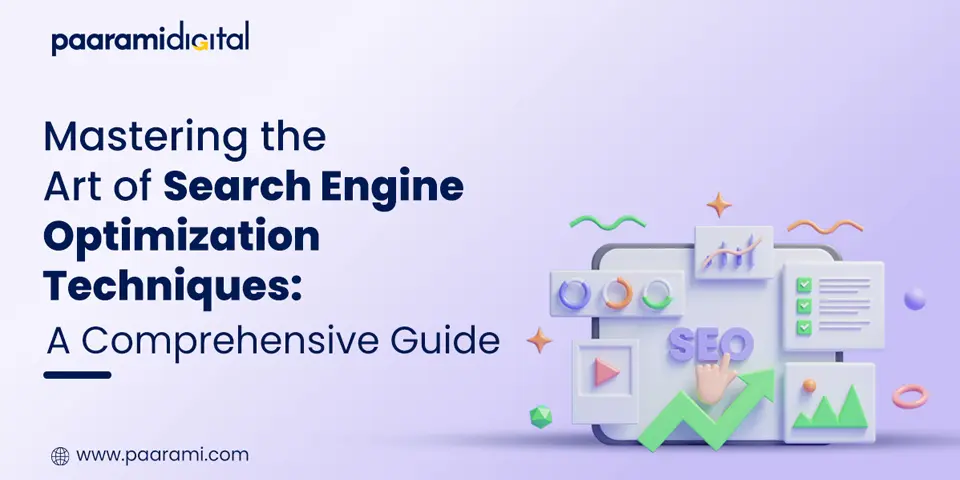
The Indispensable Role of Digital Marketing Agencies for Startups
December 15, 2023
Navigating Digital Clutter: Creating a Strong Online Presence That Grabs Attention!
December 16, 2023In the ever-evolving landscape of the digital world, mastering the art of Search Engine Optimization (SEO) is essential for businesses and individuals looking to enhance their online presence. SEO is a multifaceted approach that involves various techniques to ensure that a website ranks higher on search engine result pages (SERPs). In this comprehensive guide, we will delve into the core components of effective SEO, providing insights into mastering each aspect to propel your website to the top of search rankings.
1. Keyword Research
Keyword research is the bedrock of any successful SEO strategy. Determining the appropriate keywords aids in comprehending the queries of your intended readership. Tools like Google Keyword Planner, SEMrush, and Ahrefs can aid in discovering relevant keywords with high search volumes. Focus on long-tail keywords to attract more specific and interested visitors to your site.
2. On-Page SEO
On-Page SEO involves optimizing individual pages to improve their search visibility. This includes optimizing meta titles, meta descriptions, and headers with relevant keywords. Make sure your writing is readable, well-structured, and adds value for the reader. Additionally, incorporate multimedia elements such as images and videos to enhance user engagement.
3. Quality Content
Content is king in the world of SEO. High-quality, relevant, and valuable content not only attracts visitors but also keeps them engaged. Regularly update your content and ensure it aligns with the interests of your target audience. Google’s algorithms favor fresh, informative content, so keep your website up-to-date with the latest information in your industry.
4. Mobile-Friendly Design
It’s imperative to have a mobile-friendly website given the rising popularity of smartphones. It’s imperative to have a mobile-friendly website given the rising popularity of smartphones. To determine how mobile-friendly your website is, use Google’s Mobile-Friendly Test.
5. Page Speed Optimization
In terms of SEO and user experience, page speed is vital. Pages that load slowly may have increased bounce rates and decreased search engine rankings. Pages that load slowly may have increased bounce rates and decreased search engine rankings. Compress images, leverage browser caching, and minimize the use of unnecessary plugins to improve your website’s loading speed. You can find areas for improvement with the aid of Google’s PageSpeed Insights.
6. Backlinks
Backlinks, or incoming links from other websites, are a key element in SEO. Quality backlinks from reputable sites signal to search engines that your content is valuable and trustworthy. Invest in link-building strategies, such as guest posting, outreach, and creating shareable content, to build a strong backlink profile.
7. Local SEO
It’s critical for companies aiming to reach local customers to optimise for local search. Claim your Google My Business listing, ensure accurate business information (name, address, phone number), and encourage satisfied customers to leave positive reviews. Local citations and a consistent NAP (Name, Address, Phone number) across online directories also contribute to local SEO success.
8. Social Media Integration
Social media signals are increasingly influential in search engine algorithms. Integrate social media into your SEO strategy by sharing your content across platforms. Engage with your audience on social media, encourage sharing, and consider social media advertising to boost visibility.
9. Regular Monitoring and Analysis
SEO is an ongoing process, and regular monitoring is crucial for success. Utilize tools like Google Analytics and Google Search Console to track your website’s performance, identify areas for improvement, and monitor changes in search rankings. Stay informed about industry trends and algorithm updates to adapt your strategy accordingly.
10. Schema Markup
Schema markup is a form of microdata that provides additional information to search engines about the content on your website. Implementing schema markup can enhance the visibility of your content in search results by providing rich snippets. Use Schema.org to generate markup code for different types of content on your website, such as reviews, events, and products.
In conclusion, mastering the art of SEO requires a holistic approach that encompasses various techniques. From meticulous keyword research to creating high-quality content, optimizing for mobile devices, and building a strong backlink profile, each element plays a crucial role in improving your website’s search visibility. Stay abreast of industry trends, algorithm updates, and continuously analyze your performance to adapt and refine your SEO strategy for long-term success in the digital landscape.



